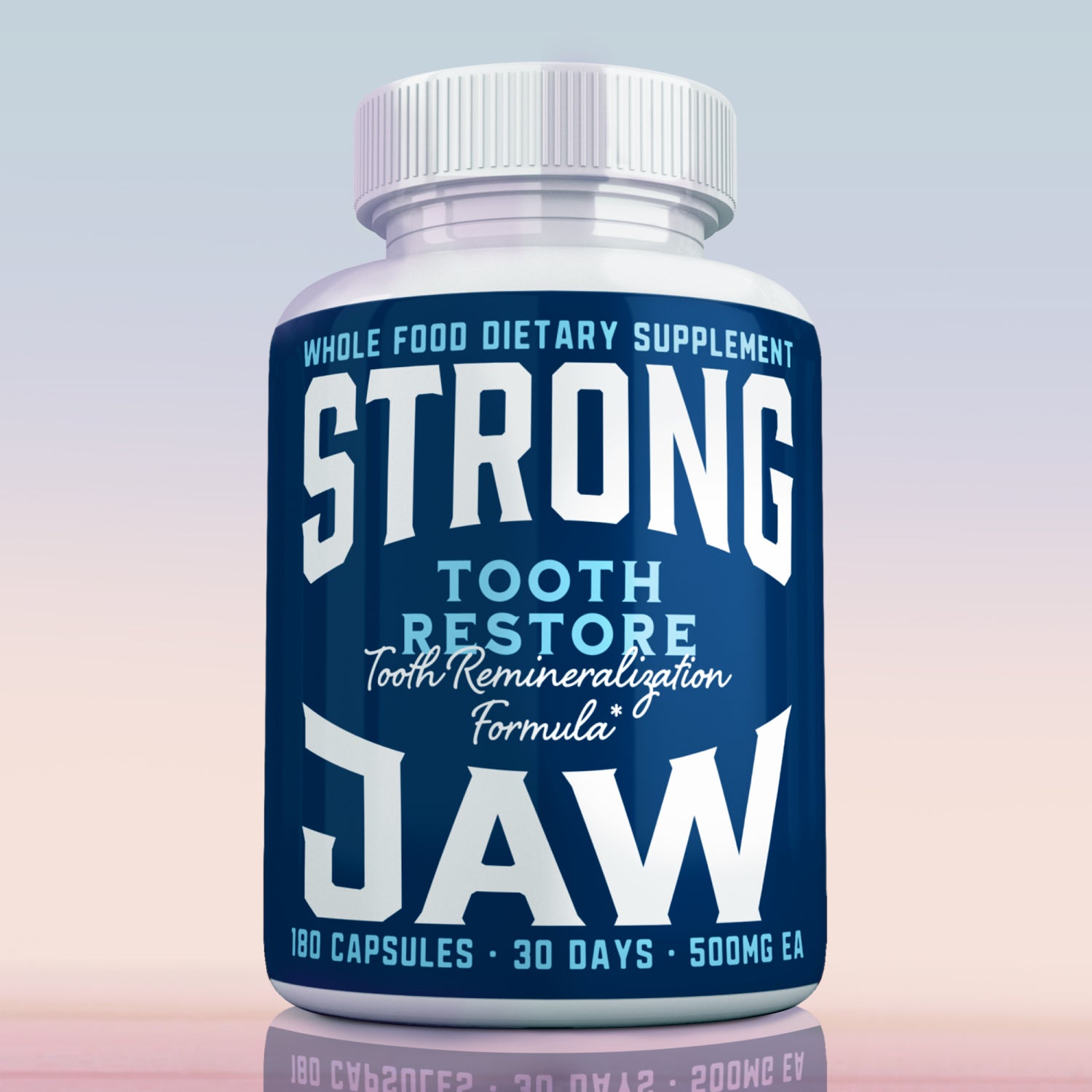The Linoleic Acid Controversy - Unveiling the Links to Chronic Disease and Beyond
Introduction
Welcome back to our series, "The Sun," where we deep-dive into various facets of health and well-being. Today, we shift our lens towards a hot-button topic in the health sphere—linoleic acid. Linoleic acid, found in seed oils and many processed foods, has been heralded as essential but also demonized for its potential role in chronic diseases. In this post, we'll dig into what the science really says, examining an array of research studies, their methodologies, and their implications for human health.
Linoleic Acid: What is It?
Linoleic acid is an essential omega-6 polyunsaturated fatty acid (PUFA). The term "essential" means that our body cannot produce it, and it must be obtained through the diet. Chemically, it consists of a chain of 18 carbons with two cis double bonds. Its main sources include seed oils such as sunflower, safflower, corn, and soybean oils.
Linoleic acid serves as a building block for other fatty acids and is a component of cell membranes. It also plays a role in various physiological processes, including inflammation and blood clotting. However, what’s concerning is the overconsumption of linoleic acid in modern diets, often at the expense of omega-3 PUFAs, leading to an imbalance that can potentially wreak havoc on our health.
The Current State of Research
Methodological Issues
The scientific inquiry into linoleic acid is fraught with methodological challenges. For instance, many studies measure plasma levels to gauge linoleic acid consumption. This is problematic because plasma levels are transient and do not necessarily reflect long-term consumption or storage. Instead, subcutaneous adipose tissue levels are more accurate indicators, as they correlate strongly with incidents of cardiovascular disease.
| Method of Measurement | Why It's Used | Limitations |
|---|---|---|
| Plasma Levels | Easier to obtain and measure | Not a long-term or accurate indicator |
| Subcutaneous Adipose Tissue Levels | More accurate for long-term consumption | More difficult to obtain |
Moreover, research often lacks a washout period—a timeframe where participants eliminate or reduce linoleic acid before beginning the experimental intervention. This is crucial because if subjects are already consuming high amounts, any changes introduced by the study will be hard to measure accurately.
A Closer Look at Cardiovascular Disease
Cardiovascular disease (CVD) remains a major concern globally, and the role of linoleic acid is under intense scrutiny. A paper by William Land shows a strong correlation between the percentage of omega-6 PUFAs in total fatty acids and coronary heart disease mortality.

Graphical Representation CHD Mortality (Y-axis) % Omega-6 in Total PUFAs (X-axis)

This data underscores the need for rigorous studies that look at tissue levels and consider the ratio of omega-6 to omega-3, as both factors may be critical in assessing the true risk of CVD.
Linoleic Acid and Oxidative Stress

Another concerning dimension of linoleic acid consumption is its potential to increase oxidative stress, which can lead to a host of health problems. A compelling study in this regard took the extra step of putting participants on a saturated fat diet for four weeks before introducing a high-linoleic-acid diet. The results showed a significant increase in oxidative stress markers like urinary prostaglandin 8 iso PGF2 alpha and a decrease in nitric oxide metabolites—compounds crucial for healthy blood vessel function.

This groundbreaking study suggests that linoleic acid may lead to endothelial dysfunction, a precursor to cardiovascular diseases and other health issues. If they had measured oxidized LDL levels, the researchers hypothesized they would also see a rise—indicating even broader potential health impacts.
Animal Studies: A Cautionary Tale


Research on animals, although not directly translatable to humans, also raises red flags. For example, a study in male Winstar rats found that diets high in omega-6 PUFAs led to mitochondrial damage and cardiac dysfunction. While humans aren’t rats, these findings are concerning enough to warrant further exploration.
Linoleic Acid Metabolites and Health Issues
Role in Atherogenesis


Bioactive oxidized linoleic acid metabolites, also known as oxlams, have been linked to atherogenesis, the formation of fatty deposits in the arteries. Studies have pointed out that the enzyme 15-lipoxygenase plays a role in the formation of these metabolites.


Connections to Obesity and Adipose Tissue Development
Role of Linoleic Acid in Adipose Tissue Development
- Promotes signaling pathways leading to fat storage

- Excess omega-6 over omega-3 may contribute to obesity


Maternal Linoleic Acid Intake
- Correlated with higher adiposity in offspring

- Raises ethical and health concerns for future generations
Multiple studies suggest that high linoleic acid consumption, particularly during pregnancy, may predispose children to obesity. These findings suggest the need for dietary caution, particularly for expecting mothers.
Final Thoughts and Future Directions
The controversies surrounding linoleic acid are far from resolved. The existing research indicates multiple potential pathways through which excessive linoleic acid may contribute to chronic diseases, from cardiovascular issues to obesity. However, more research—especially studies with more robust methodologies—are required to make conclusive recommendations.
The need for clarity has never been greater.
Conclusion
The linoleic acid debate is complex, riddled with methodological shortcomings, and further complicated by conflicting research findings. It is crucial to approach this topic with an open but critical mind, and even more crucial to wait for more robust and comprehensive studies before making dietary recommendations. Until then, it may be wise to be cautious about high linoleic acid consumption, especially considering its potential links to various chronic diseases. Stay tuned for more updates as we plan to explore this topic in even greater depth in future posts.
Whether you are a healthcare provider, a concerned citizen, or someone merely curious about the intricacies of dietary fats, I hope this deep dive provides a nuanced perspective on the linoleic acid controversy.
Feel free to send us a message here with any thoughts, questions, or even your own experiences. Your insights are valuable to us as we strive to make sense of this complicated yet crucial subject.

